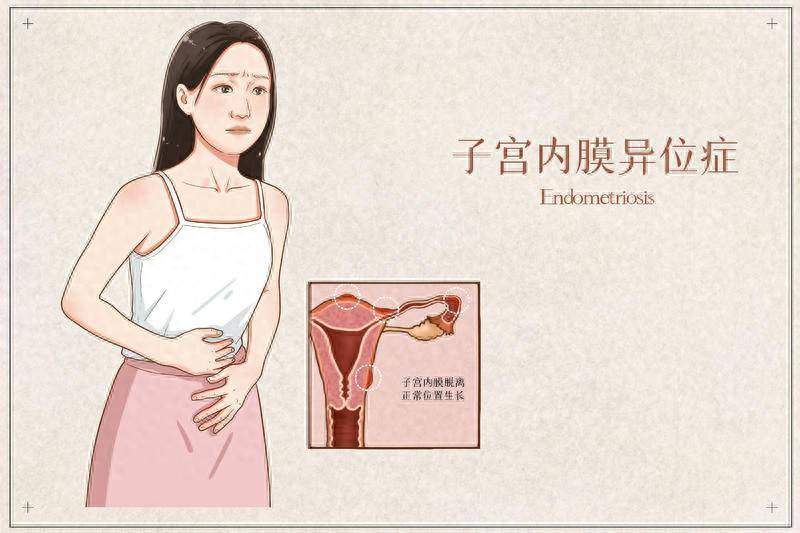Endometriosis is a common gynecological condition among women of childbearing age. It can lead to symptoms such as dysmenorrhea, **pain, and menstrual irregularities, and in severe cases, it may even cause infertility. Therefore, exploring effective treatment methods for endometriosis is of great significance for alleviating symptoms and improving the quality of life for women.
I. Medical Treatment
Medical treatment is the first-line option for endometriosis, especially for patients with milder symptoms and smaller lesions. The main goal of medical treatment is to relieve symptoms and control disease progression.
1. Progestin medications. These mimic the state of pregnancy, causing the endometrium to atrophy in order to achieve therapeutic results. Commonly used progestin medications include dydrogesterone and medroxyprogesterone acetate. This treatment needs to be continued for a period of time to observe significant therapeutic effects.
2. Prostaglandin synthesis inhibitors. Suitable for patients with severe dysmenorrhea. These reduce uterine contractions by inhibiting the synthesis of prostaglandins, thus alleviating pain. Commonly used medications include sodium mefenamate, among others.
3. Androgen medications. These reduce estrogen levels and diminish the growth of the endometrium, alleviating symptoms. Commonly used medications include methyltestosterone, etc. However, attention should be paid to dosage when using androgen medications to avoid signs of masculinization.
II. Surgical Treatment
For patients with severe conditions and poor response to medical treatment, surgical intervention is a necessary option. Surgical treatment methods mainly include conservative surgery, semi-conservative surgery, radical surgery, and focused ultrasound ablation surgery.
1. Conservative surgery. This is suitable for younger patients who wish to preserve fertility. It involves excising lesions and separating adhesions while trying to retain as much normal tissue as possible. Common conservative surgeries include uterine suspension and excision of ovarian endometriomas. However, conservative surgeries have a high recurrence rate and require long-term follow-up and management.
2. Semi-conservative surgery. This is suitable for older patients without fertility requirements or for those with more severe conditions. This approach involves excising lesions along with the uterus and one or both ovaries. The outcome of this surgical approach is generally favorable, but it may affect the patient’s fertility.
3. Radical surgery. This is suitable for patients with particularly severe conditions or those approaching menopause. This involves the removal of the uterus, both ovaries, and fallopian tubes to achieve a radical cure. However, radical surgery will result in the loss of fertility, so it requires careful evaluation of the patient’s reproductive needs prior to decision-making.
4. Focused ultrasound ablation surgery. This is a non-invasive surgical option that utilizes focused ultrasound waves from outside the body to generate high temperatures at the target area, ablating the lesions. This method treats the disease without the need for incisions or blood loss. It also does not damage normal tissues and provides good protection for reproductive function.
III. Traditional Chinese Medicine Treatment
The treatment of endometriosis in Traditional Chinese Medicine emphasizes overall regulation and syndrome differentiation. TCM believes that the occurrence of endometriosis is related to emotional distress and external pathogens, thus treatment should consider adjusting emotions and improving lifestyle habits.
1. Adjusting emotions. Methods such as psychological counseling and acupuncture can help alleviate the patient’s tension and stress, thus improving the condition.
2. Improving lifestyle habits. Maintaining good habits in sleep and diet can help regulate endocrine and enhance the body’s immune response.
3. Chinese herbal therapy. Personalized herbal formulas, such as those that warm the meridians, dispel cold, nourish blood, and eliminate stasis, can be selected based on the patient’s specific condition and constitution to relieve pain and reduce lesion size.
In summary, the treatment methods for endometriosis should be chosen based on the patient’s specific situation. By combining medical treatment or surgical treatment with Traditional Chinese Medicine and lifestyle adjustments, better therapeutic outcomes can be achieved.


